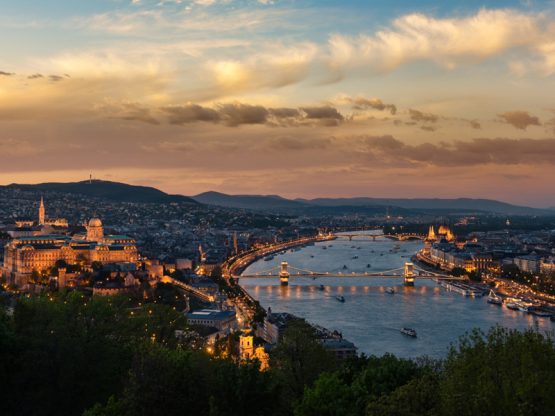Nature, culture and buildings under protection
UNESCO World Heritage Highlights along the Danube River
Natural Heritage
In total, there are 111 submerged Neolithic pile dwelling sites in the Alpine region that are a common UNESCO World Heritage Site across borders. In the Austrian lakes there are three excavation sites in the Attersee and Mondsee in Upper Austria, as well as in the Keutschachersee in Carinthia. The pile dwelling pavilion in Seewalchen am Attersee allows visitors to slip into the role of a prehistoric man and gives them the opportunity to fathom his own actions.
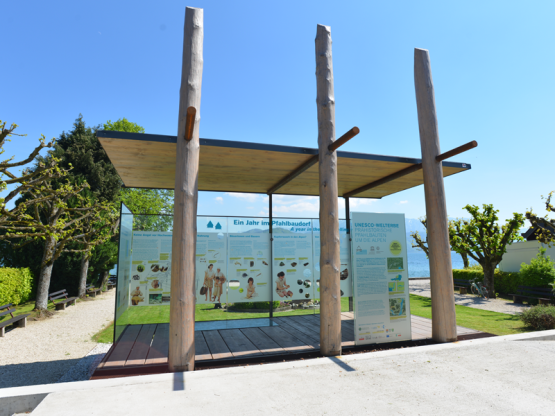
Cultural heritage
The Wachau is located on the Danube between the two Lower Austrian cities of Melk and Krems. Due to the scenic location, the Wachau also has a corresponding history. A history that already began in the time of the Neanderthals. Numerous finds, such as the world-famous Venus of Willendorf, testify to an early settlement. The two towns of Melk and Krems are particularly worth seeing because of their monasteries. The castle ruins of Aggstein, Dürnstein and Ober Ranna also have great historical significance.
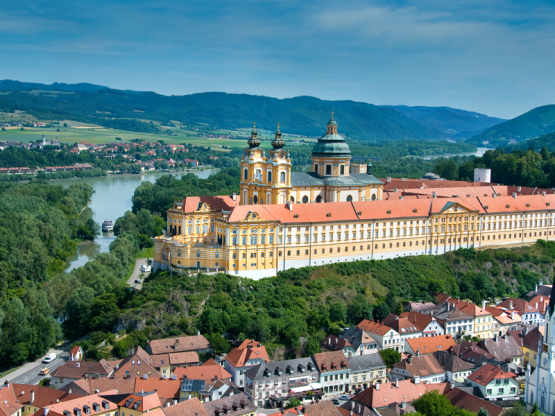
Buildings
The Archabbey of Pannonhalma is a thousand-year-old Benedictine monastery and since 1996 part of the World Heritage Site. The Benedictine Abbey of Pannonhalma rises imposingly on St. Martin's Hill. This center of Catholic faith is a special place not only for Hungarian Catholics, but also for Catholic people worldwide. The abbey was the source of Hungarian Christianity. The first school was established here and the Hungarian language was also recorded on a document for the first time in Pannonhalma.
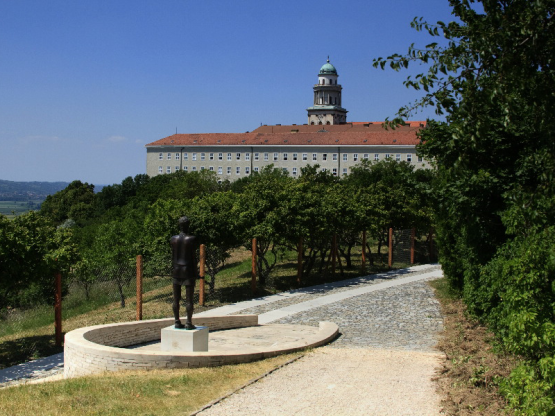
Sopianae, the Roman predecessor of the city of Pécs, and its late Roman early Christian cemetery has been a UNESCO World Heritage Site since 2000. The excavated complex of finds illustrates the early Christian architectural and funerary traditions of the northern and western provinces of the Roman Empire through architecture, and frescoes. Among the Hungarian World Heritage sites, the Early Christian Cemetery in Pécs is the only one included in the UNESCO list in the category of cultural history.
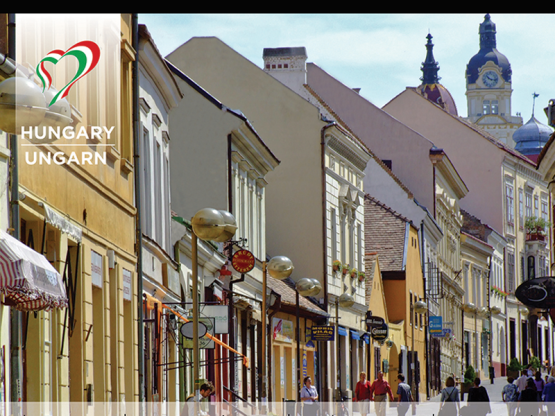
Cities
Once a flourishing European trading metropolis and political center of the Holy Roman Empire, Regensburg is today the best-preserved medieval city in Germany and a UNESCO World Heritage Site since 2006. The historic old town with its winding alleys and cozy cafes and small stores invite you to stroll around. Numerous churches, towers and patrician houses characterize medieval Regensburg. Highlights include the Stone Bridge, St. Peter's Cathedral, the Old Town Hall, and Emmeram Castle, residence of the princely family Thurn und Taxis.
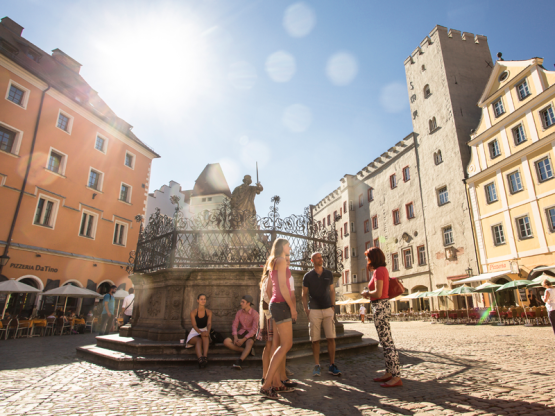
Salzburg scores not only with a wealth of sights, the city also has a long history as a metropolis of art and culture. Early on, craftsmen and artists were drawn to the baroque city. Many of the baroque buildings, such as the Salzburg Cathedral, were designed by the Italian architects Vincenzo Scamozzi and Santini Solari. That is why the city is also known as the "Rome of the North". This title is also reflected in Salzburg's special position. The archbishop of Salzburg was allowed to appoint bishops in four of his own bishoprics, like a pope. And he ruled over the second largest church state in the world until 1806. Salzburg enchants with sacred buildings from the Baroque period, Italianate squares and town houses from the Middle Ages.
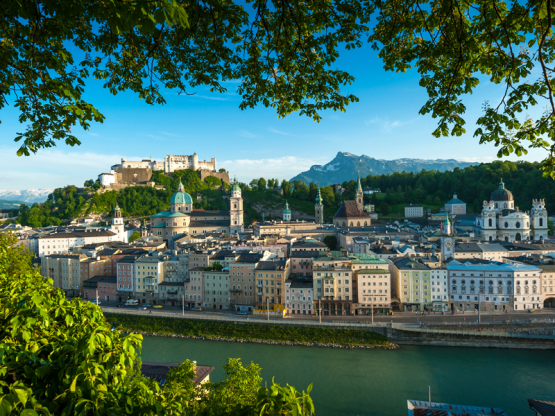
For centuries, the small town on the Vltava River has been known as the "Pearl of the Šumava". Since 2012, the historic old town and cultural metropolis on the Vltava Český Krumlov is on the UNESCO World Heritage List. The ensemble of 300 historic houses and the mighty castle complex is particularly impressive. The gigantic castle complex covers seven hectares and there are about 40 palaces and outbuildings, a number of galleries, towers and walls, fortifications and numerous art treasures. The well-preserved Gothic and Renaissance houses, as well as numerous street cafes and beer gardens, make the city a vibrant center on the Vltava River.
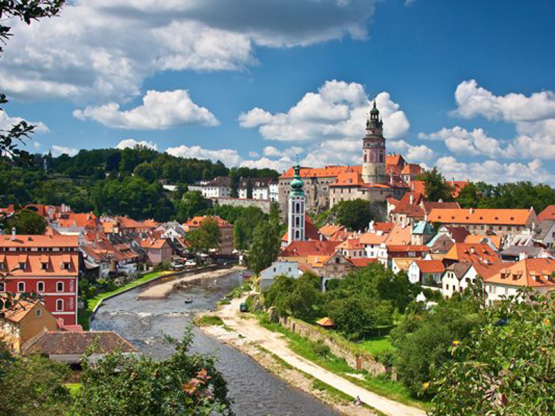
Vienna's Old Town and Schönbrunn Palace, including its gardens, have been designated a UNESCO World Heritage Site. Three eras characterize the face of the former residential city of the Habsburg emperors: the Middle Ages with the sky-scraping, Gothic St. Stephen's Cathedral, one of Vienna's landmarks; the Baroque period, whose most important legacy is the Hofburg Palace with its opulent domes. And the Ringstrasse era of the late 19th century, where magnificent buildings such as the State Opera House and the Museum of Art History were built in place of the city walls. The numerous churches, palaces and parks also contribute to the imperial flair of Vienna's Old Town. And the centuries of musical tradition, from the court music band to Mozart's classical music to the waltzes of the Strauss dynasty.
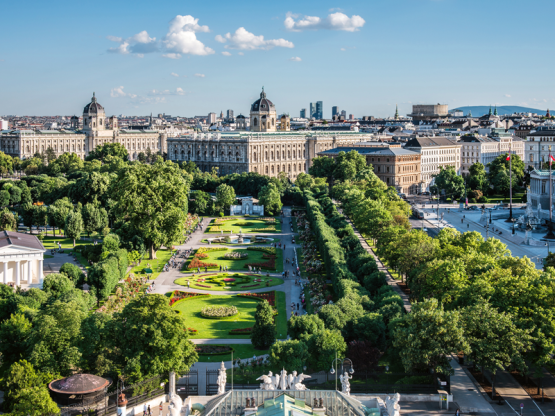
The famous metropolis on the Danube, Budapest, was created in 1873 by merging the towns of Buda, Obuda and Pest. The different historical and temporal development of the Hungarian capital can be traced very well by the buildings on the banks of the Danube. With the Citadel, the Buda Castle, the Fishermen's Bastion, the Vienna Gate, the Matthias Church, the National Gallery, the Chain Bridge, the State Opera House and the Parliament, Budapest has countless buildings worth seeing. The Buda Castle District was declared a UNESCO World Heritage Site in 1986. This was followed in 2002 by Andrássy út, Hungary's most famous boulevard and the oldest subway line in Europe (Földalatti) running under it.
